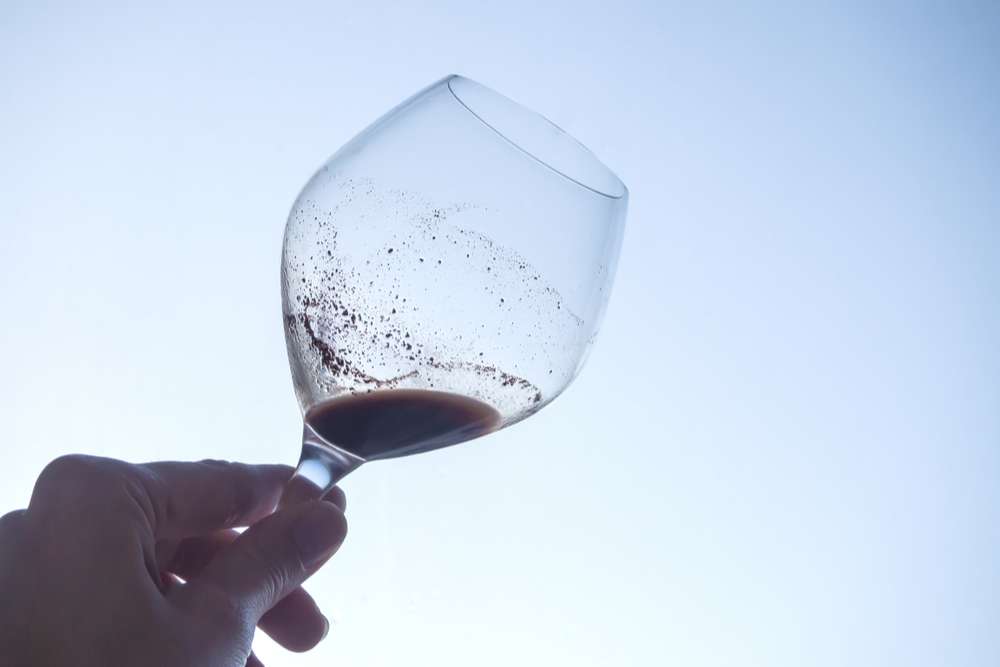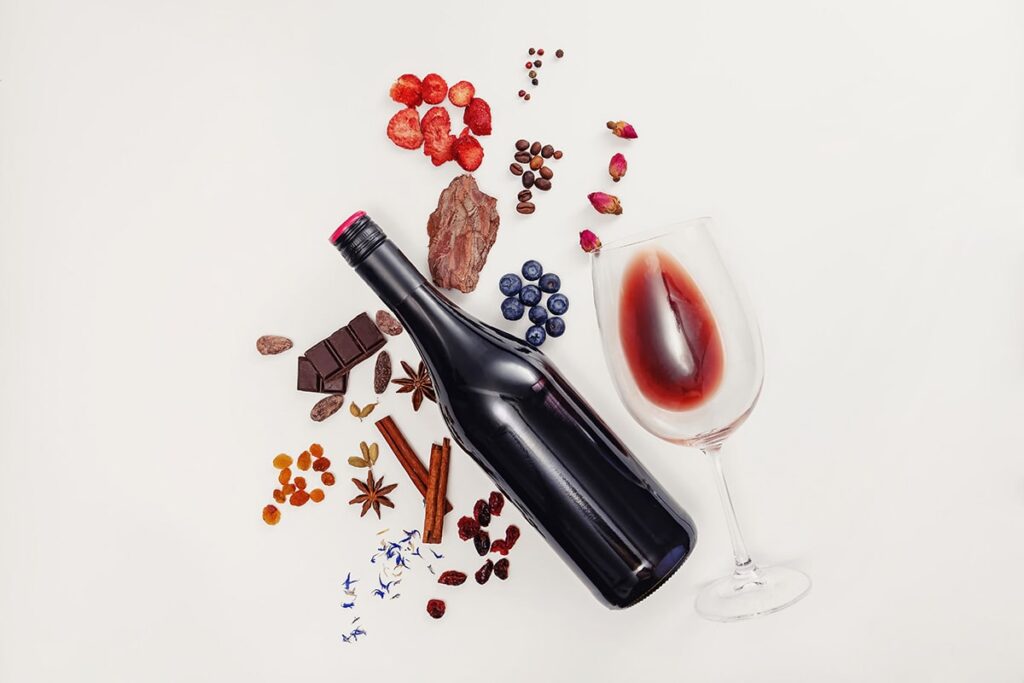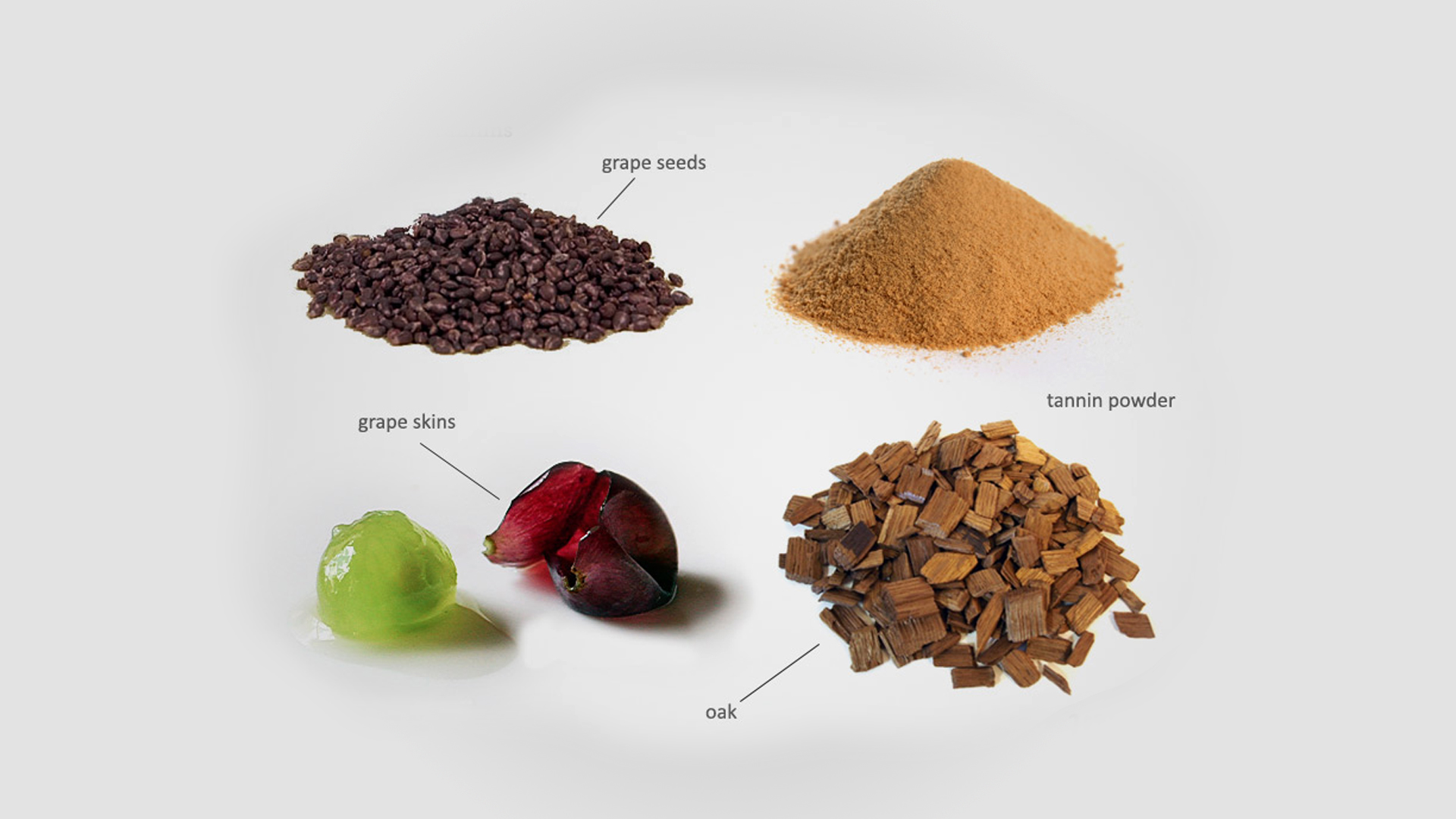Wine enthusiasts often hear the term “tannin” thrown around in tasting rooms and wine discussions, yet many struggle to understand what tannins actually are and why they matter so much in wine. If you’ve ever sipped a bold red wine and felt your mouth suddenly become dry and puckered, you’ve experienced tannins firsthand. This astringent sensation isn’t a flaw – it’s one of wine’s most important structural components that can make or break your drinking experience.
Tannins are naturally occurring chemical compounds, known as polyphenols, found in many plants, including grape vines. In wine, these compounds primarily come from grape skins, seeds, and stems, which is why red wines typically contain much higher levels of tannins than white wines. The word “tannin” itself derives from the traditional leather tanning process, where tannin-rich plant extracts were used to preserve animal hides.
Understanding tannins is crucial for any wine lover because they fundamentally affect how wine tastes, feels, and ages. They provide structure, balance acidity and sweetness, and determine a wine’s aging potential. Whether you’re a novice wine drinker trying to understand why certain wines make your mouth feel like sandpaper or an experienced enthusiast looking to deepen your appreciation, mastering the concept of tannins will transform how you experience and evaluate wine. From food pairing strategies to cellar-worthy selections, tannins influence nearly every aspect of wine enjoyment.
What Are Tannins in Wine?

Tannins are polyphenolic compounds found naturally in grapes, particularly concentrated in the skins, seeds, and stems. These chemical compounds serve as a natural defense mechanism for plants, protecting grapes from predators and contributing to plant growth. In the winemaking process, tannins are extracted during maceration and fermentation, when grape juice remains in contact with the solid parts of the grape.
The Science Behind Tannins
From a chemical perspective, tannins are phenolic compounds that have a unique ability to bind and precipitate proteins. This protein-binding quality is what creates the characteristic mouth-drying sensation when you drink tannic wines. Human saliva contains proteins that make it slippery, and when tannins bind to these proteins, they cause the dry, astringent feeling that many wine drinkers recognize.
Tannins don’t actually have flavor – they’re purely tactile. As one winemaker explains, “Tannins don’t have flavor, they’re tactile.” Instead, they contribute bitterness and astringency to wine, creating texture and mouthfeel rather than taste. This is why wine professionals often describe tannins in terms of how they feel rather than how they taste.
Types of Tannins in Wine
Wine contains two primary types of tannins: condensed tannins and hydrolyzable tannins. Condensed tannins come directly from grape skins, seeds, and stems, and tend to be more bitter and pronounced. Hydrolyzable tannins are absorbed into wine through oak barrel aging and provide softer, more pleasant characteristics favored in oaked wines.
How Tannins Affect Wine Taste and Texture

The impact of tannins on wine extends far beyond simple astringency. They fundamentally shape the wine’s structure, body, and drinking experience. As one industry expert describes it, “The fruit is the engine and railcars; the acidity is the rails; and the tannins are the brakes.”
Astringency and Mouthfeel
The most noticeable effect of tannins is astringency – that mouth-puckering, drying sensation that occurs when tannins interact with saliva proteins. This sensation can range from subtle to intense, depending on the wine’s tannin concentration and structure. Young, high-tannin wines often feel harsh and aggressive, while aged wines with softened tannins feel smoother and more integrated.
Structure and Body
Tannins provide crucial structure to wine, giving it body and weight in the mouth. A wine with good tannins feels fuller and denser, creating what wine professionals call “backbone.” This structural component is essential for creating balanced, age-worthy wines that can develop complexity over time.
Balance with Other Components
Tannins work in harmony with other wine components, particularly acidity and sweetness, to create balance. In young wines, tannins can be more pronounced and aggressive, but as wines age, tannins soften and become silkier, enhancing the wine’s complexity and allowing other flavors to emerge.
Which Wines Have the Most Tannins?

Understanding which wines contain high levels of tannins helps wine drinkers make informed choices based on their preferences and the occasion.
High-Tannin Red Wine Varieties
Darker-hued wines typically show heightened levels of tannins due to extended maceration with grape skins, stems, and seeds. The most robustly tannic wine varieties include:
-
Cabernet Sauvignon: Known for physically larger, more numerous tannins that contain more pigment than lighter varieties
-
Syrah/Shiraz: A highly tannic variety that expresses differently depending on climate and vintage
-
Sangiovese: Italian variety producing structured, age-worthy wines
-
Tannat: As the name suggests, one of the most tannic grape varieties
-
Tempranillo: Spanish variety known for firm tannin structure
-
Nebbiolo: Despite making pale-colored wines, this naturally tannic grape produces highly astringent wines
Lower-Tannin Options
Wines made from grapes with thinner skins naturally contain fewer tannins. These include:
-
Pinot Noir: Thin-skinned grape producing elegant, lower-tannin wines
-
Gamay: Light, fresh wines with minimal tannin structure
-
Grenache: Produces fruit-forward wines with softer tannin profiles
White Wines and Tannins
Most white wines contain minimal tannins because they typically don’t macerate with their skins during fermentation. However, orange wines – white wines made using red wine techniques with extended skin contact – can show significant tannin levels. Similarly, darker rosé wines may exhibit increased tannins due to extended maceration periods.
The Role of Tannins in Wine Aging
Tannins play a crucial role in wine aging, serving as natural antioxidants that help preserve fruit character over time. Understanding this relationship is essential for collectors and anyone interested in cellaring wine.
Tannin Evolution During Aging
Young wines contain short-chain tannin molecules that feel harsh and aggressive. Over time, these molecules polymerize, forming longer chains that feel smoother and silkier. This process is often compared to Tinkertoys – young tannins are like a couple of spools with one dowel between them, while aged tannins become many spools held together by several dowels.
Aging Indicators
Tannins serve as key indicators of a wine’s aging potential, alongside fruit concentration and acidity. Wines with good tannin structure can age for decades, gradually softening and developing complexity. Eventually, tannin chains become so long and heavy that they precipitate out of solution, forming sediment in aged wines.
Optimal Drinking Windows
Some wines, like Barolo from Northern Italy, may have tannins too strong to be enjoyable when young, requiring years of aging to reach their optimal drinking window. Understanding tannin evolution helps wine enthusiasts determine when to open bottles for maximum enjoyment.
Tannins and Food Pairing
The protein-binding properties of tannins make them excellent companions for certain foods, creating synergistic relationships that enhance both wine and food.
Why Tannins Love Protein
When eating protein-rich foods, tannins bind with proteins and fats in the food rather than saliva proteins. This creates a beneficial cycle: the wine becomes less astringent as tannins bind to food proteins, allowing deeper flavors to emerge, while tannins simultaneously cleanse the palate of fats and proteins, allowing food flavors to shine through.
Classic Pairings
High-tannin wines work particularly well with:
-
Red meat and steaks
-
Aged cheeses
-
Rich, fatty dishes
-
Grilled or roasted proteins
Low-tannin wines pair better with lighter fare, avoiding the overwhelming sensation that can occur when delicate foods meet aggressive tannins.


